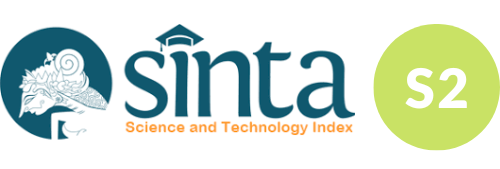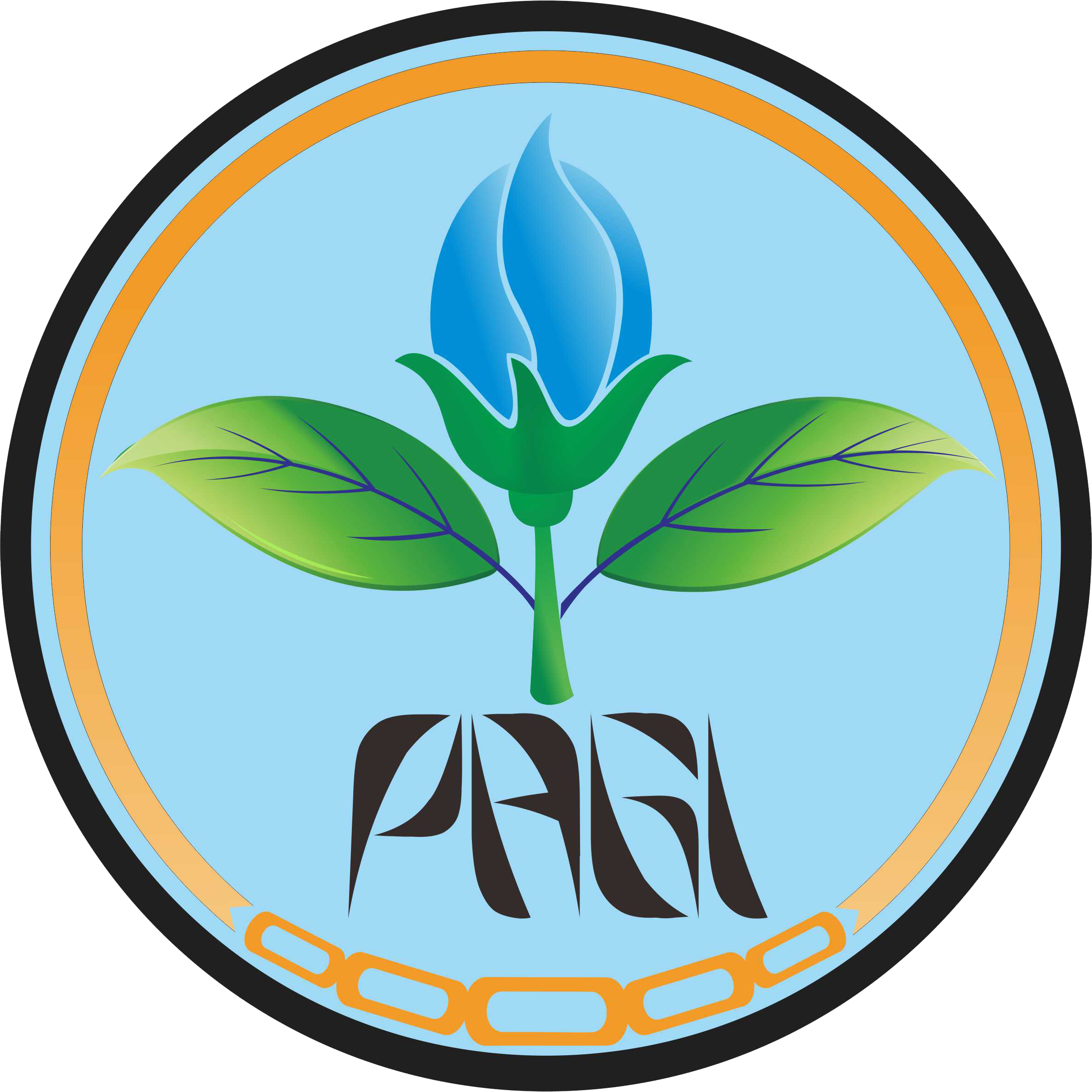Pengaruh Aplikasi Biochar Jerami Padi dan Rhizobium terhadap Pertumbuhan dan Hasil Kedelai Hitam
Abstract
Keywords
Full Text:
PDF(ID)References
Amir R, Galili G, Cohen H. 2018. The metabolic roles of free amino acids during seed development. Plant Sci. 275:11–18. https://doi.org/10.1016/j.plantsci.2018.06.011.
Anas M, Liao F, Verma KK, Sarwar MA, Mahmood A, Chen Z-L, Li Q, Zeng X-P, Liu Y, Li Y-R. 2020. Fate of nitrogen in agriculture and environment: agronomic, eco-physiological and molecular approaches to improve nitrogen use efficiency. Biol Res. 53(1):47. https://doi.org/10.1186/s40659-020-00312-4.
Asante M, Ahiabor BDK, Atakora WK. 2020. Growth, nodulation, and yield responses of groundnut (Arachis hypogaea L.) as influenced by combined application of Rhizobium inoculant and phosphorus in the Guinea Savanna Zone of Ghana. Int J Agron. 2020:8691757. https://doi.org/10.1155/2020/8691757.
Bekere W, Kebede T, Dawud J. 2013. Growth and nodulation response of soybean (Glycine max L.) to lime, Bradyrhizobium japonicum and nitrogen fertilizer in acid soil at Melko, South Western Ethiopia. Int J Soil Sci. 8(1):25–31.
Faozi K, Yudono P, Indradewa D, Ma’as A. 2019. Serapan hara N, P, K dan hasil biji kedelai (Glycine max L. Merrill) pada pemberian bokashi pelepah pisang pada tanah pasir pantai. Vegetalika. 8(3):177–191. https://doi.org/10.22146/veg.45316.
Gaspar AP, Laboski CAM, Naeve SL, Conley SP. 2017. Dry matter and nitrogen uptake, partitioning, and removal across a wide range of soybean seed yield levels. Crop Sci. 57(4):2170–2182. https://doi.org/10.2135/cropsci2016.05.0322.
Herdiyantoro D, Setiawan A. 2015. Upaya peningkatan kualitas tanah di Desa Sukamanah dan Desa Nanggerang Kecamatan Cigalantong Kabupaten Tasikmalaya Jawa Barat melalui sosialisai pupuk hayati, pupuk organik dan olah tanah konservasi. Dharmakarya J Apl Ipteks untuk Masy. 4(2):66–71.
Hossain MZ, Bahar MM, Sarkar B, Donne SW, Ok YS, Palansooriya KN, Kirkham MB, Chowdhury S, Bolan N. 2020. Biochar and its importance on nutrient dynamics in soil and plant. Springer Singapore.
Kapoor A, Sharma R, Kumar A, Sepehya S. 2022. Biochar as a means to improve soil fertility and crop productivity: a review. J Plant Nutr. 45(15):2380–2388. https://doi.org/10.1080/01904167.2022.2027980.
Kaur G, Serson WR, Orlowski JM, McCoy JM, Golden BR, Bellaloui N. 2017. Nitrogen sources and rates affect soybean seed composition in Mississippi. Agronomy. 7(4):1–10. https://doi.org/10.3390/agronomy7040077.
Khambalkar PA, Yadav SS, Singh A, Bhadauria S, Sadawarti MJ. 2021. Soil organic carbon-an explanation to soil health: A review. Chem Eng. 2(4):62–72. https://doi.org/10.53709/CHE.2021.v02i04.011.
Kubar MS, Shar AH, Kubar KA, Rind NA, Ullah H, Kalhoro SA, Wang C, Feng M, Gujar A, Sun H, et al. 2021. Optimizing nitrogen supply promotes biomass, physiological characteristics and yield components of soybean (Glycine max L. Merr.). Saudi J Biol Sci. 28(11):6209–6217. https://doi.org/10.1016/j.sjbs.2021.06.073.
Lamichhane B, Dunn B, Ouedraogo A, Singh H. 2023. Preparation of biochar for use as a soil amendmen. Oklahoma Coop Ext Serv. [diakses 2024 Mei 23]. https://extension.okstate.edu/fact-sheets/preparation-of-biochar-for-use-as-a-soil-amendment.html.
Lepetit M, Brouquisse R. 2023. Control of the rhizobium–legume symbiosis by the plant nitrogen demand is tightly integrated at the whole plant level and requires inter-organ systemic signaling. Front Plant Sci. 14:1114840. https://doi.org/10.3389/fpls.2023.1114840.
Lira MA, Nascimento LRS, Fracetto GGM. 2015. Legume-rhizobia signal exchange: Promiscuity and environmental effects. Front Microbiol. 6(SEP):1–9. https://doi.org/10.3389/fmicb.2015.00945.
Mateus R, Kantur D, Moy DANLM. 2017. Pemanfaatan biochar limbah pertanian sebagai pembenah tanah untuk perbaikan kualitas tanah dan hasil jagung di lahan kering. Agrotrop. 7(2):99–108.
Mete FZ, Mia S, Dijkstra FA, Abuyusuf M, Hossain ASMI. 2015. Synergistic effects of biochar and NPK fertilizer on soybean yield in an alkaline soil. Pedosphere. 25(5):713–719. https://doi.org/10.1016/S1002-0160(15)30052-7.
Monica N, Vidican R, Pop R, Rotar I. 2013. Stress factors affecting symbiosis activity and nitrogen fixation by Rhizobium cultured in vitro. ProEnvironment. 6(13):42–45.
Mourtzinis S, Kaur G, Orlowski JM, Shapiro CA, Lee CD, Wortmann C, Holshouser D, Nafziger ED, Kandel H, Niekamp J, et al. 2018. Soybean response to nitrogen application across the United States: A synthesis-analysis. F Crop Res. 215:74–82. https://doi.org/10.1016/j.fcr.2017.09.035.
Mukaromah L, Nurhidayati T, Nurfadilah S. 2013. Pengaruh sumber dan konsentrasi nitrogen terhadap pertumbuhan dan perkembangan biji Dendrobium laxiflorum J.J Smith secara In Vitro. J Sains dan Seni Pomits. 2(1):26–29.
Naeve SL, Miller-Garvin J. 2019. United States soybean quality annual report 2019. Chesterfield (US): U.S. Soybean Export Council.
Nakei MD, Venkataramana PB, Ndakidemi PA. 2022. Soybean-nodulating Rhizobia: ecology, characterization, diversity, and growth promoting functions. Front Sustain Food Syst. 6(April):1–23. https://doi.org/10.3389/fsufs.2022.824444.
Nurida NL. 2014. Potensi pemanfaatan biochar untuk rehabilitasi lahan kering di Indonesia. J Sumberd Lahan Ed Khusus. Desember:57–68.
Nurida NL, Rachman A, Sutono S. 2015. Biochar pembenah tanah yang potensial. Soelaeman Y, Purnomo J, editor. Jakarta (ID): Indonesian Agency for Agricultural Research and Development (IAARD) PRESS.
Ortez OA, Tamagno S, Salvagiotti F, Prasad PVV, Ciampitti IA. 2019. Soybean nitrogen sources and demand during the seed‐filling period. Agron J. 111(4):1779–1787. https://doi.org/10.2134/agronj2018.10.0656.
Prasetyani CE, Nuraini Y, Sucahyono D. 2021. Pengaruh salinitas tanah terhadap efektivitas bakteri Rhizobium sp toleran salinitas pada tanaman kedelai (Glycine max L. Merril). J Tanah dan Sumberd Lahan. 8(1):281–292. https://doi.org/10.21776/ub.jtsl.2021.008.1.31.
Reddy GC, Goyal RK, Puranik S, Waghmar V, Vikram K V., Sruthy KS. 2020. Biofertilizers toward sustainable agricultural development. In: Plant Microbe Symbiosis. Cham (CH): Springer International Publishing. hal. 115–128.
Risnawati, Yusuf M. 2019. Pertumbuhan dan kualitas produksi dua varietas kedelai hitam akibat pemupukan SP-36. Agrium. 22(1):45–51.
Roy S, Müller LM. 2022. A rulebook for peptide control of legume–microbe endosymbioses. Trends Plant Sci. 27(9):870–889. https://doi.org/10.1016/j.tplants.2022.02.002.
Santi LP, Goenadi DH. 2010. Pemanfaatan bio-char sebagai pembawa mikroba untuk pemantap agregat tanah Ultisol dari Taman Bogo-Lampung. Menara Perkeb. 78(2):52–60.
Sari R, Prayudyaningsih R. 2015. Rhizobium: Pemanfaatanya sebagai bakteri penambat nitrogen. Info Tek Eboni. 12(1):51–64.
Selvarajh G, Ch’Ng HY, Zain NBM, Ahmed OH, Jalloh MB, Damrongrak I, Liew JY, Azmin SNHM, Naher L. 2023. Enriched rice straw biochar improves soil nitrogen availability and rice plant growth under waterlogged environment. Bragantia. 82(2019):e20230104. https://doi.org/10.1590/1678-4499.20230104.
Setyawan G, Huda S. 2022. Analisis pengaruh produksi kedelai, konsumsi kedelai, pendapatan per kapita, dan kurs terhadap impor kedelai di Indonesia. Kinerja. 19(2):215–225. https://doi.org/10.30872/jkin.v19i2.10949.
Sun W, Shahrajabian MH. 2022. The effectiveness of Rhizobium bacteria on soil fertility and sustainable crop production under cover and catch crops management and green manuring. Not Bot Horti Agrobot Cluj-Napoca. 50(2):12560. https://doi.org/10.15835/nbha50212560.
Surianti K, Darusman D, Syakur S. 2021. Pengaruh biochar sekam dan jerami padi terhadap sifat kimia tanah pada tanah bekas tambang batubara. J Ilm Mhs Pertan. 6(2):105–111. https://doi.org/10.17969/jimfp.v6i2.16936.
Thilakarathna MS, Torkamaneh D, Bruce RW, Rajcan I, Chu G, Grainger CM, Szczyglowski K, Hill B, Raizada MN. 2021. Testing whether pre-pod-fill symbiotic nitrogen fixation in soybean is subject to drift or selection over 100 years of soybean breeding. Front Agron. 3(September):1–12. https://doi.org/10.3389/fagro.2021.725813.
Triandita N, Putri NE. 2019. Peranan kedelai dalam mengendalikan penyakit degeneratif. Teknol Pengolah Pertan. 1(1):6–17.
Zhan Y, Wei Y, Zhang Z, Zhang A, Li Y, Li J. 2021. Effects of different C/N ratios on the maturity and microbial quantity of composting with sesame meal and rice straw biochar. Biochar. 3(4):557–564. https://doi.org/10.1007/s42773-021-00110-5.





